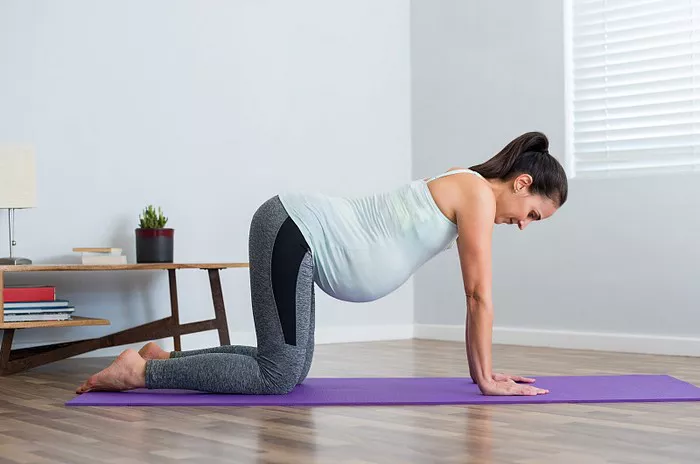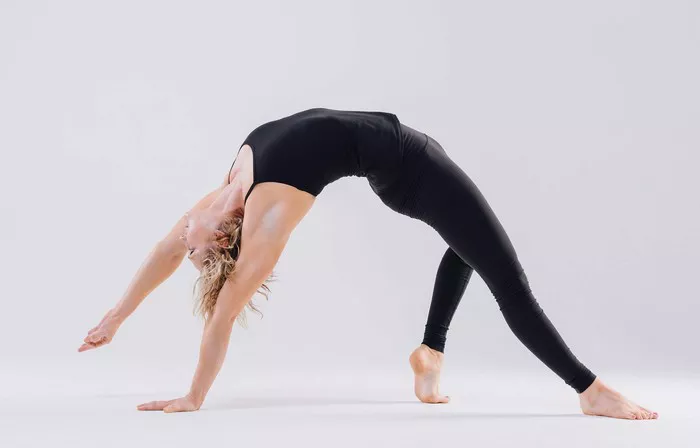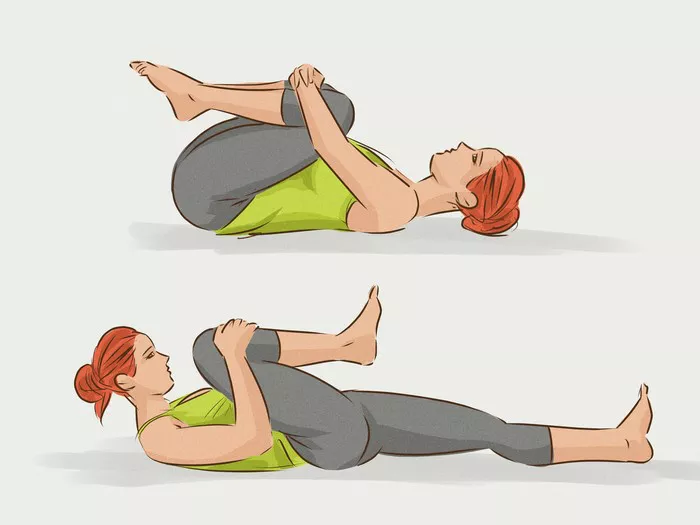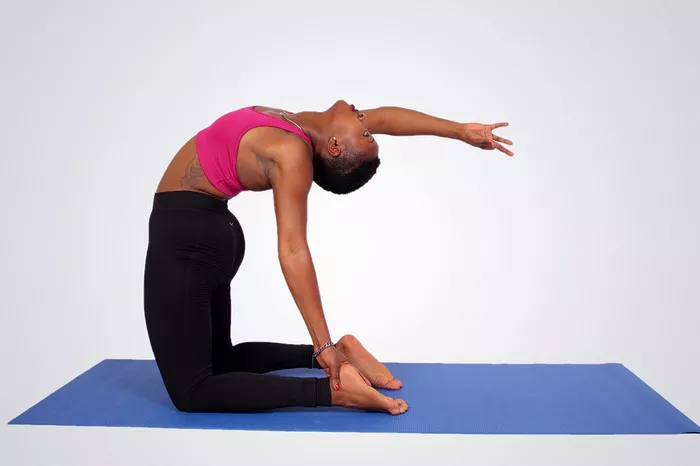When it comes to pregnancy, comfort and safety are paramount. A yoga ball, also known as an exercise ball, birthing ball, or stability ball, can be an incredibly useful tool for expectant mothers. It offers a range of benefits from relieving back pain to aiding in labor. However, selecting the right size yoga ball is crucial to maximize these benefits and ensure safety. In this comprehensive guide, we will explore the importance of yoga balls during pregnancy, how to choose the correct size, and tips for using a yoga ball effectively throughout pregnancy.
The Importance of Yoga Balls During Pregnancy
Yoga balls provide multiple benefits for pregnant women, both during pregnancy and in preparation for labor. Here are some key advantages:
1. Improving Posture
As the baby grows, the center of gravity in a pregnant woman’s body shifts, which can lead to poor posture and discomfort. Sitting on a yoga ball encourages proper alignment and posture, helping to alleviate back pain.
2. Relieving Back and Pelvic Pain
Using a yoga ball can help reduce back and pelvic pain by promoting pelvic tilts and providing gentle support to the lower back. The ball allows for gentle movements that can ease tension and discomfort.
3. Strengthening Core Muscles
Maintaining balance on a yoga ball engages the core muscles. Strengthening these muscles is beneficial for supporting the added weight of pregnancy and can aid in a smoother labor and delivery.
4. Enhancing Flexibility and Mobility
Performing gentle exercises and stretches on a yoga ball can improve flexibility and mobility, which can be particularly helpful as the body undergoes changes during pregnancy.
5. Aiding in Labor
Many women find that sitting on a yoga ball during labor helps with pain management. The ball can be used for various labor positions, providing support and comfort during contractions.
6. Promoting Relaxation
Gentle bouncing or rocking on a yoga ball can be soothing and relaxing. It can also help in opening up the pelvis, creating more space for the baby to descend during labor.
How to Choose the Correct Size Yoga Ball
Selecting the right size yoga ball is crucial for safety and effectiveness. The appropriate size depends on the user’s height and leg length. Here’s a detailed guide on how to choose the right size yoga ball for pregnancy:
General Sizing Guidelines
- Height under 5’0” (152 cm): 45 cm ball
- Height 5’1” to 5’7” (155-170 cm): 55 cm ball
- Height 5’8” to 6’1” (173-185 cm): 65 cm ball
- Height over 6’2” (188 cm): 75 cm ball
These guidelines are general and can vary slightly based on individual body proportions. Here are some additional tips to ensure you select the correct size:
Sit Test
When sitting on the ball, your feet should be flat on the floor, and your knees should be at a 90-degree angle or slightly lower than your hips. If your knees are higher than your hips, the ball is too small. If your feet cannot touch the floor or your knees are much lower than your hips, the ball is too large.
Consider Inflation
Yoga balls can be inflated to different levels of firmness. A fully inflated ball will be firmer and may feel higher, while a slightly deflated ball will be softer and sit lower. Adjust the inflation level to find a comfortable position.
Personal Comfort
Comfort is key, especially during pregnancy. Make sure the ball feels supportive and comfortable to sit on. If in doubt, it’s better to choose a slightly larger ball, as you can always deflate it a bit to achieve the right height.
Tips for Using a Yoga Ball During Pregnancy
Once you’ve chosen the correct size yoga ball, it’s important to use it safely and effectively. Here are some tips for incorporating a yoga ball into your pregnancy routine:
1. Sitting on the Ball
Sitting on the ball with your feet flat on the floor and knees at a 90-degree angle can help improve posture and relieve back pain. Gently rock or bounce on the ball to promote relaxation and comfort.
2. Pelvic Tilts
Pelvic tilts are great for relieving lower back pain and preparing for labor. Sit on the ball with your feet flat on the floor, then gently tilt your pelvis forward and backward. Repeat this motion for a few minutes each day.
3. Hip Circles
Hip circles can help open the pelvis and improve flexibility. Sit on the ball and make slow, controlled circles with your hips. Change direction after a few rotations.
4. Knee Rolls
Knee rolls are another excellent exercise for pelvic mobility. Sit on the ball, place your hands on your knees, and gently roll your knees in a circular motion. This movement helps to loosen the hips and lower back.
5. Labor Positions
During labor, a yoga ball can be a valuable tool for comfort and support. Sitting on the ball and leaning forward onto a bed or partner, or kneeling and leaning over the ball, can help manage contractions and encourage the baby to move down into the birth canal.
See Also: How to Practice Raja Yoga Meditation?
6. Relaxation and Breathing
Use the yoga ball for relaxation and deep breathing exercises. Gentle bouncing or rocking while focusing on your breath can help reduce anxiety and promote a sense of calm.
Safety Considerations
While using a yoga ball during pregnancy can be highly beneficial, it’s important to keep safety in mind. Here are some safety considerations:
1. Consult Your Healthcare Provider
Before starting any new exercise routine or using a yoga ball during pregnancy, consult with your healthcare provider to ensure it’s safe for your specific situation.
2. Use a Non-Slip Surface
Place the yoga ball on a non-slip surface to prevent it from moving or slipping during use. You can also place a yoga mat underneath for added stability.
3. Inflate the Ball Properly
Ensure the ball is inflated to the recommended level. An under-inflated or over-inflated ball can be unstable and uncomfortable.
4. Maintain Proper Posture
Always sit or exercise with proper posture. Keep your back straight, feet flat on the floor, and knees at a 90-degree angle to avoid strain or injury.
5. Avoid High-Impact Movements
Stick to gentle movements and avoid any high-impact exercises or bouncing that could be unsafe during pregnancy.
6. Listen to Your Body
Pay attention to your body and stop using the ball if you experience any discomfort or dizziness. It’s important to use the ball in a way that feels comfortable and safe for you.
Conclusion
Choosing the right size yoga ball for pregnancy is essential for maximizing the benefits and ensuring safety. By following the general sizing guidelines and considering personal comfort, you can select a ball that suits your needs. Incorporating a yoga ball into your pregnancy routine can help improve posture, relieve back and pelvic pain, strengthen core muscles, and aid in labor. Always consult with your healthcare provider before starting any new exercise routine, and use the ball safely by following the tips and safety considerations outlined in this guide. With the right size yoga ball and proper use, you can enjoy a more comfortable and supported pregnancy journey.
Related topics:

























